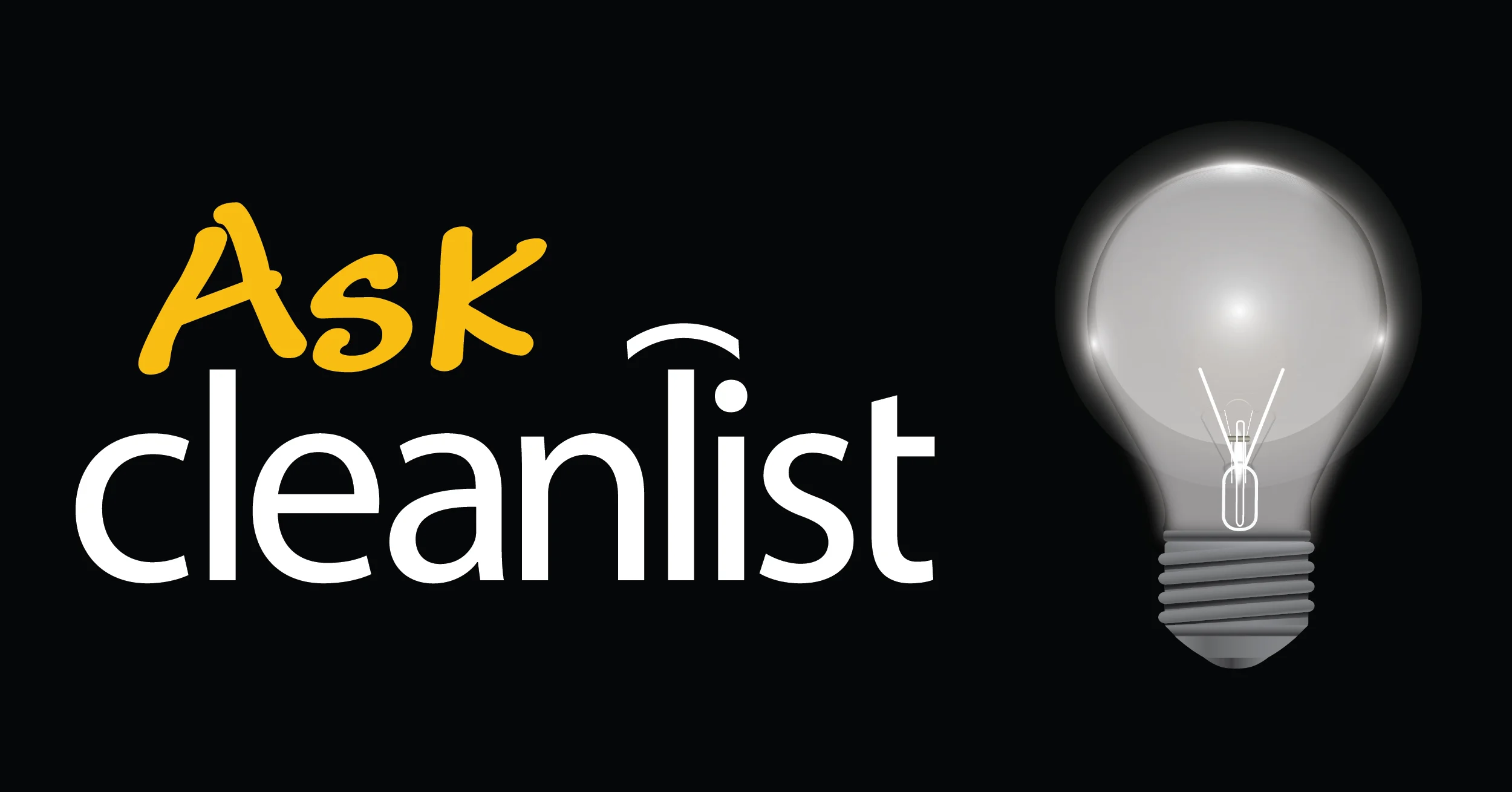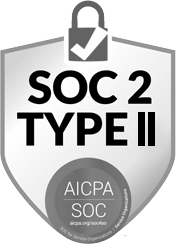Until recently, there was no easy way to find the deceased individuals on your list or database of Canadians. Thankfully, that has now changed.
In the United States, this has never been a problem: their death registry is available in the public domain. But Canada is a different story. Death certificates are classified as private information by the Canadian provinces that receive them. Even other departments of the Canadian government don’t have access to these records. It is a problem that’s plagued marketers and data managers for decades. Finally, there is a solution that works.
What is the Canadian Deceased Registry?
The Canadian Deceased Registry (CDR) was recently formed with a mission to publish a complete and current commercial registry of deceased Canadians. The data in the CDR is sourced directly from Canada’s 2,500 funeral homes. As it stands today, the CDR has fulfilled its national coverage mandate and, while backfilled with as much as 10 years of historical data, is kept current with updates happening within days of a passing event.
How Accurate is the Deceased Data?
Accurate deceased data is critical to the overall solution success. And we measure accuracy by considering both data-coverage and data-completeness.
The CDR’s data-coverage is estimated at approximately 90% of all deceased events in Canada. Each month, approximately 25,000 newly deceased records are added to the CDR. This reconciles closely with Statistic’s Canada 2022 estimate of 335,000 deaths per year.
In terms of data-completeness, newly added data to the CDR is fully populated with names, over 70% has full address, and over 90% include a date-of-birth. Additionally, over 95% of records include funeral home contact information.
The CDR’s data quality is continually being improved. By orders-of-magnitude, it is currently better than anything available in Canada. Its effectiveness has been successfully tested by a number of Canada’s largest and most recognized organizations.
How Can I Access the Canadian Deceased Registry?
Cleanlist is the exclusive distributor of the CDR data. It provides 3 different services tailored to different use cases.
#1. Data Licensing:
For enterprise applications geared toward financial institutions, insurance companies, pension managers, and others with high-volume and mission-critical applications, the CDR can be licensed for inhouse installation. Cleanlist maintains the database by providing regular updates.
#2. Deceased Identification:
For critical applications like financial, insurance, and pension management, the Deceased Identification service identifies likely deceased accounts and delivers a detailed result payload for account-by-account verification. The solution is offered for one-time use or ongoing as a monitoring service.
#3. Deceased Suppression:
Used for mailing list cleaning and database suppression applications, which is useful in fundraising and direct marketing. The Deceased Suppression service flags likely deceased names for exclusion from outreach campaigns. The solution is offered for one-time use or as a part of a broader, ongoing database maintenance subscription.
How Much Does it Cost?
The fees to access the CDR depends on a few factors, including: the service provided (see the 3 options, above), the size of your database or list, and whether the service is provided one-time or as part of an ongoing subscription. Cleanlist can prepare a proposal tailored to your needs.
Qualified organizations may be eligible to receive a free evaluation or proof-of-concept to help them determine the impact and return-on-investment for a deceased solution.
Key Take-Aways:
- Canada now has a commercially available registry of deceased individuals. It’s called the Canadian Deceased Registry (CDR).
- The deceased data is provided directly from Canada’s 2,500 funeral homes.
- Coverage is approximately 90% of the deceased population and most records include name, full address, date-of-birth, and funeral home contact information.
- Cleanlist is the exclusive distributor of the data, offering both data licensing and data matching services.
- Currently 3 services are offered: Data Licensing, Deceased Identification, and Deceased Suppression. Each includes an option for ongoing maintenance.
- Qualified organizations can receive a free evaluation or proof-of-concept.
What Are the Next Steps?
If your organization is interested in learning more about the Canadian Deceased Registry and Cleanlist’s deceased data solutions, our data experts would be happy to talk to you and learn more about your unique needs. We’ll explain the service options available, the fees involved, and when appropriate, how you can obtain a free evaluation.
Cleanlist is Canada’s largest customer data company. We clean, enrich, and validate business and consumer data. We’re also experts in data-driven document composition and Canada’s largest data provider for digital and offline marketing. To learn more, visit us at Cleanlist.ca




